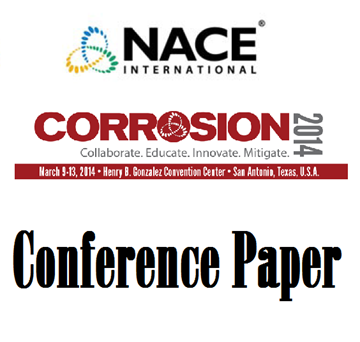Search
51314-3726-Corrosion Prevention and Control Training in an Immersive Virtual Environment
Also Purchased
51314-3740-Corrosion Management and the Widening Competency Gap
Product Number:
51314-3740-SG
ISBN:
3740 2014 CP
Publication Date:
2014
$0.00
51314-3723-Pipeline Corrosion Management; a Compendium
Product Number:
51314-3723-SG
ISBN:
3723 2014 CP
Publication Date:
2014
$0.00
51314-3755-Changes in Water Chemistry at Dead Ends Resulting from Bacteria Development
Product Number:
51314-3755-SG
ISBN:
3755 2014 CP
Publication Date:
2014
$0.00




